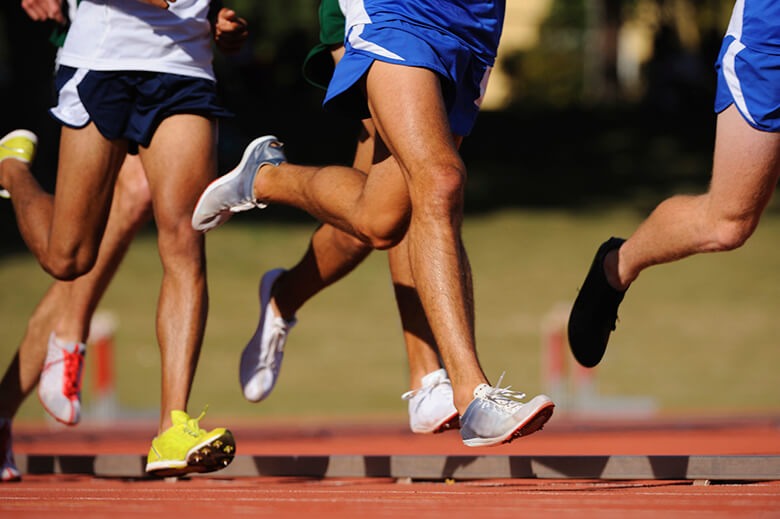Brett Beil wants you to think about two things: How mobile of a joint your hip is, and how stable of a joint your knee is. Between the two of them lies the iliotibial band, a thick band of fascia that connects the two.
When either of those joints weakens, it can make that band feel tight and cause pain on the outside of your knee.
Runners see it – and feel it – all the time, but they don’t need to, according to Beil, a strength and conditioning expert with Sanford Health in Fargo, North Dakota.
“Runners need to have some foresight,” Beil said. “Prioritize that foam-rolling and strength-training. You don’t need much, just target those muscles, those hips and glutes. That’s going to help every facet of your life.”
It’s true that runners shy away from that – it can be time-consuming. But if you want to get to the starting line this spring, it’s worth it to find a way. “Think of the middle-aged man with no butt,” Beil said. “Once you lose your glutes, your whole body is making up for that loss. Your lower back hurts, your hips tighten up, you end up feeling awful.”
Nobody wants that. Here’s how to avoid it.
What it is and how it feels: The IT band keeps your knee stable through your daily life.
“People think the fascia has tightened up, but the band is incredibly tight already” Beil said. “It hasn’t gotten tighter – the muscles on both sides have become weakened and are tight themselves.”
How it flares up: Something goes wrong, and it creates a weak pelvic system. That can be from running in old shoes, or on a track without changing directions, or on very cambered roads, too much downhill or too many miles too soon.
“It’s the classic issues,” Beil said.
How to treat it: Ice always helps, but that won’t solve the problem, Beil said.
The same is true for knee straps – they may mask the real issue of muscle weakness.
“You’re getting by, but this is something you’re going to have to wear for the rest of your life,” Beil said. “Let’s get to the deeper issue.”
“Stretching your piriformis, foam-rolling – which hurts – these are the things you need to be doing to take care of that,” Beil said. “I tell runners, do a couple quick sets, and make them count.”
Beyond that, it’s time for some strength-training.
Try single-leg squats, which help you work your glutes.
“Any of those are a winner,” Beil said.
He also recommends clamshells, band walks and any kind of hip thrust.
“You don’t need a large array of exercises, just pick a few simple movements,” he said.
…
Posted In Fargo, Health Information, Orthopedics, Running
